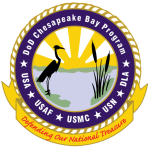Abundant Life
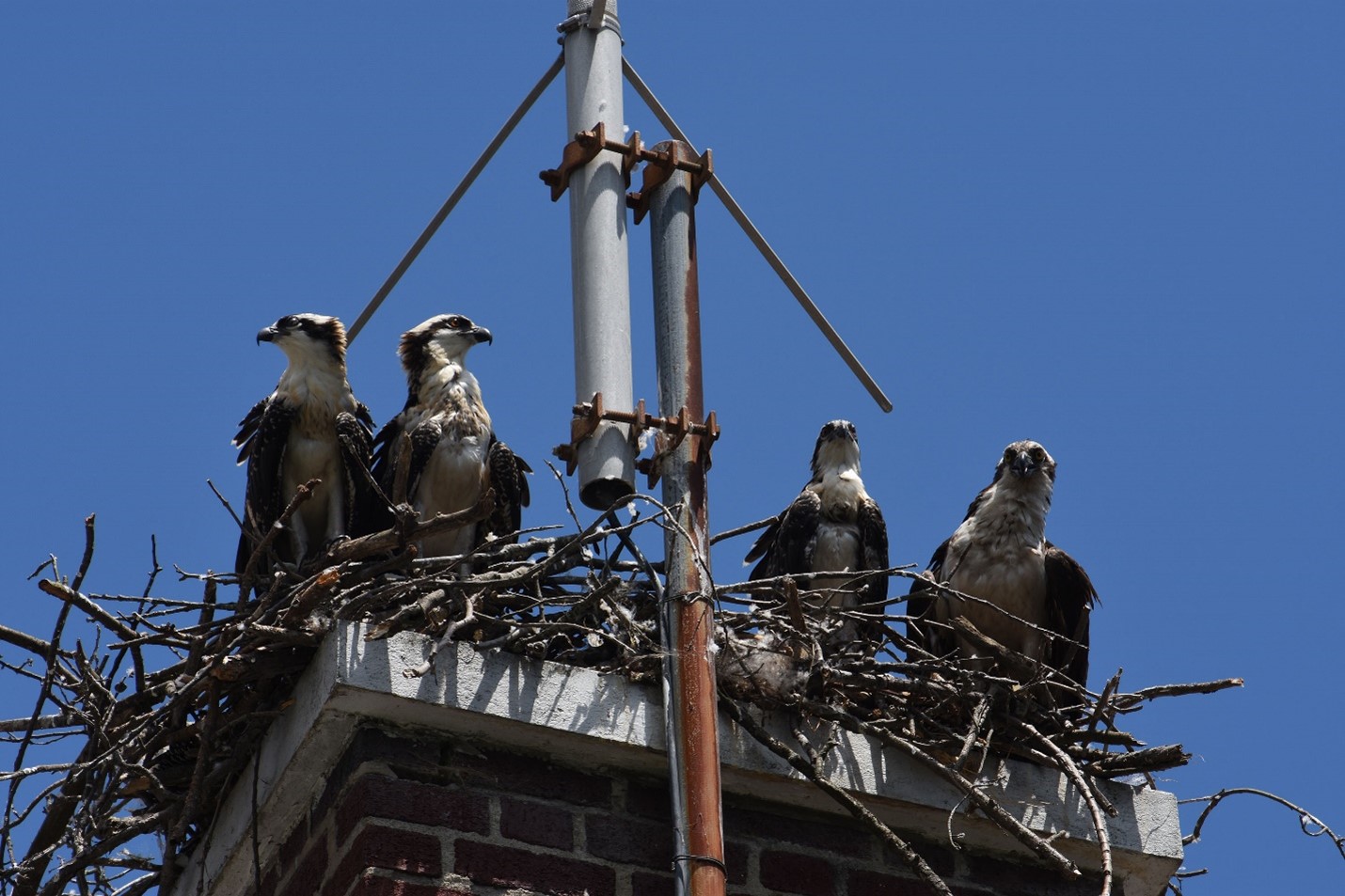
Naval Support Facility (NSF) Dahlgren (VA) staff monitored and maintained a network of over 120 bird boxes and nests to determine nesting success and identify high-quality nesting habitats for eastern bluebirds, wood ducks, and ospreys. The network includes 45 bluebird boxes installed in 1988, 25 wood duck boxes installed in 2015, and approximately 51 osprey nests, many of which are located on platforms constructed in the 1990s. This monitoring effort supports the health and success of these important bird species, as well as other local species that also utilize the boxes. The results of migratory bird nesting efforts on Dahlgren are shared with Cornell Lab of Ornithology’s NestWatch, Maryland Wood Duck Initiative, and the Center for Conservation Biology’s Project OspreyWatch.
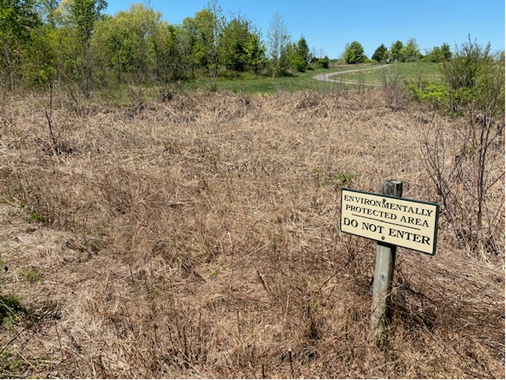
Joint Base Andrews (JBA) (MD) oversaw a project to survey newly emergent phragmites stems as part of a multi-year effort to manage this fast-growing invasive plant that can overwhelm natural wetland areas. Location information will be used to perform ground-based and aerial applications of herbicides to proactively treat newly emergent phragmites stems in spring 2023. The project is designed to improve natural biodiversity and ecosystem functions, reduce Bird Aircraft Strike Hazards (BASH), and prevent phragmites spread to the airfield and offsite which would negatively impact tributaries of the Chesapeake Bay.
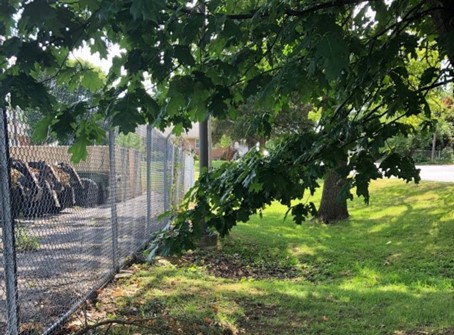
99th Readiness Division (RD) West Virginia (WV) updated the ISMPs for Martinsburg US Army Reserve Center (USARC) and Romney USARC in FY2022. Overgrown invasive species can negatively impact soldiers’ ability to train at 99th RD facilities and encroach upon the habitats of native plant and animals that support pollinators and filter stormwater runoff. The ISMP identifies sites where a more focused grounds maintenance approach is required. The plan documents invasive species found and likely to be found at the facility and management methods and actions to control each species. At Martinsburg USARC, the most common invasive species are the Multiflora Rose and Tree of Heaven. At Romney USARC, Autumn Olive and Tree of Heaven are most prevalent. The picture on the right shows the invasive Porcelain Berry Tree found at Martinsburg USARC.
Conserved Land
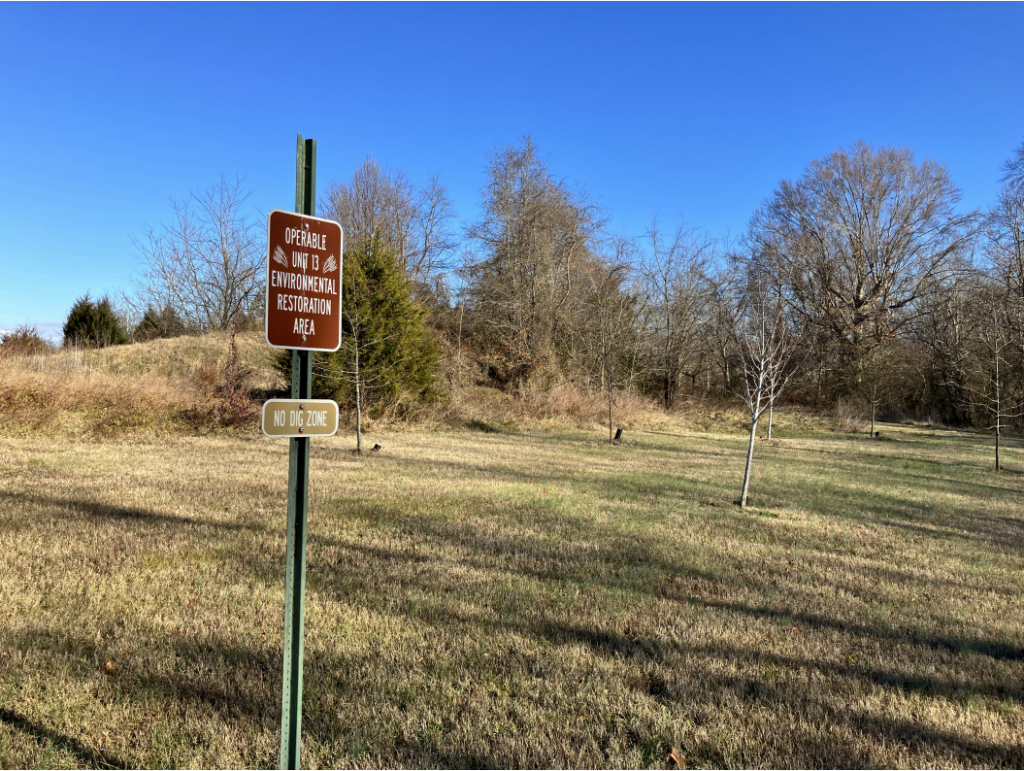
Defense Supply Center Richmond (DSCR) (VA) preserved a 29-acre parcel in FY2022. The site is located near the southeastern boundary of DSCR and north of Kingsland Creek, a tributary of James River. A portion of the area was recognized as an emerging wetland following a Surface Water Delineation Report in 2021. Additionally, a base-wide stormwater infrastructure project prompted the installation to evaluate the quality and quantity of stormwater discharged from the site. The parcel also contains a Superfund site and DSCR continues to treat and monitor pollutant levels to mitigate contamination effects in the area. This land conservation project helps DSCR protect Virginia’s critical water resources and provides habitat for a range of flora and fauna.
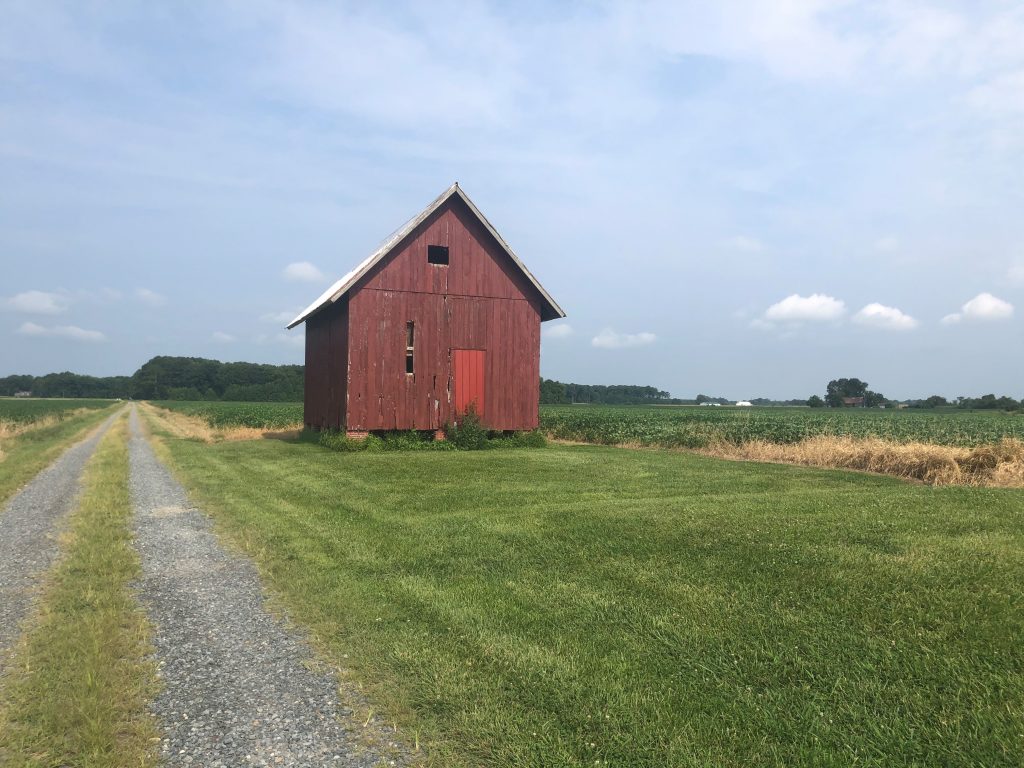
Leveraging REPI, Navy, and non-DoD funds, NAS Patuxent River (MD) partnered with local land trusts (the Eastern Shore Land Conservancy, Patuxent Tidewater Land Trust, Southern Maryland Resource Conservation and Development and The Conservation Fund) and other partners to protect 1,075 acres beneath the Navy’s special use airspace in the Middle Chesapeake Sentinel Landscape. The purchase of nine parcel easements will prevent incompatible development that could interfere with installation operations and preserves a landscape significant to the life of the American abolitionist, Harriet Tubman. With the addition of this land, NAS Patuxent River and the Atlantic Test Ranges have protected a total of 13,119 acres through the REPI program. The $1.9M in REPI funds was used to purchase easements on the nine parcels, with an additional $1.5M allocated in FY2022 for future conservation projects in Virginia, for a total of $3.4M.
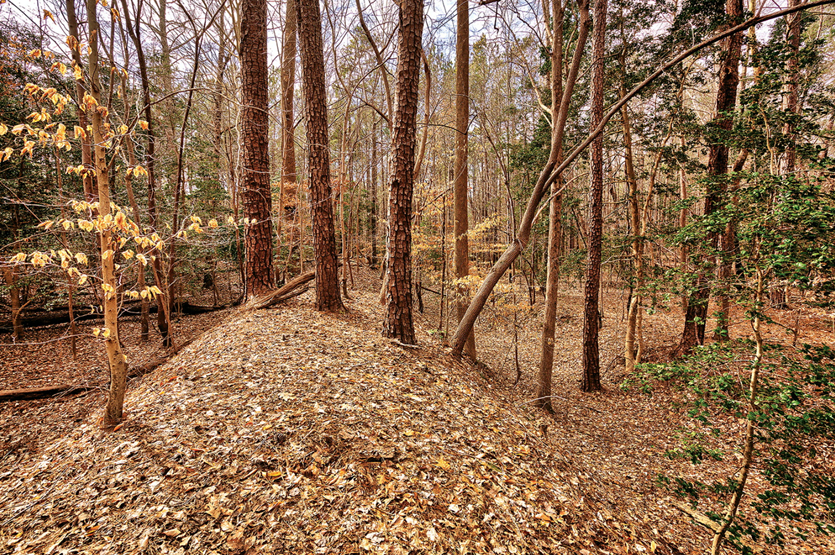
Naval Weapons Station Yorktown (VA) partnered with the American Battlefield Trust (ABT) to acquire 245 acres of land and associated easements to preserve land with historic ties to the Civil and Revolutionary Wars. ABT owns the purchased parcels and the Navy recorded easements to sustain Navy and Marine training requirements by preventing incompatible development adjacent to the installation. Grant funding for the purchase was provided by a National Park Service American Battlefield Protection Program Grant for $4.6M, the largest awarded to date. An additional $2.8M from the REPI Program and grant funds from the Virginia Battlefield Preservation Fund and the Virginia Land Conservancy Foundation also contributed to the purchase.
Engaged Communities
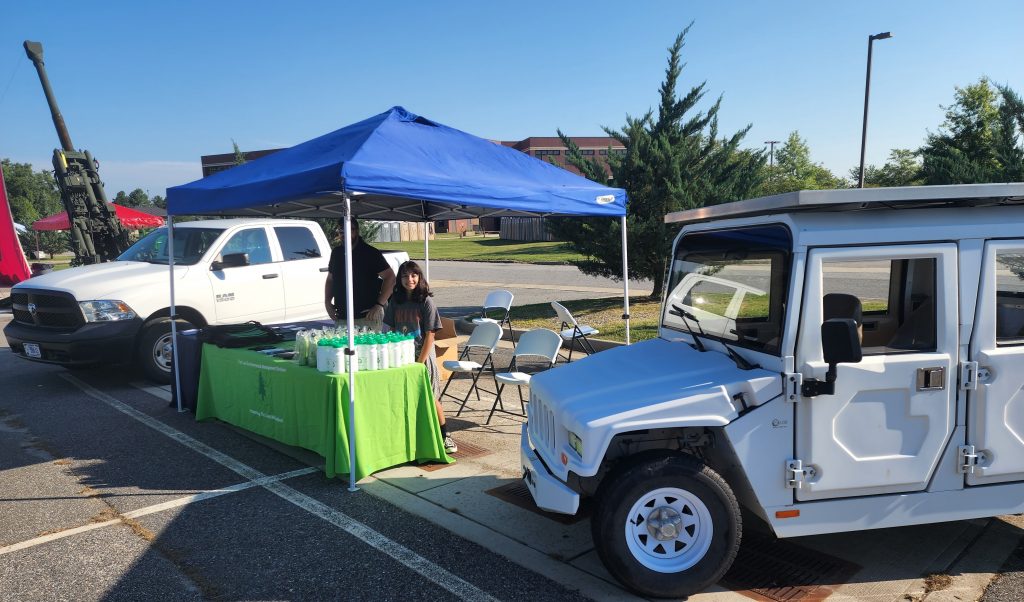
Fort Lee (VA) hosted its first “Meet Your Army” event on 27 August 2022 to share information about the activities at Fort Lee with the public and others in the non-DoD community. Exhibits featured tactical vehicles, helicopters, weapon systems, culinary equipment, and other field essentials. Personnel from the Environmental Management Division staffed a table to highlight how their work supports the Fort Lee mission. Two representatives discussed wildlife management, stormwater compliance, petroleum spill response, and recycling activities with attendees. In total, several hundred people attended what Major General Mark Simerly summarized as a day to help the attendees, “understand who we are, what we do, and what the Army means to our nation.”

In FY2022, the Environmental Office at the Pentagon (VA) held an in-person Earth Day event on 21 April 2022 with over 750 attendees. The goal of the event was to teach tenants about sustainability initiatives at the Pentagon and how to be more eco-friendly at home. Exhibitors distributed across 11 displays engaged attendees in a range of environmental subjects including stormwater practices, recycling and composting, energy conservation, and the government transition to electric vehicles (EV) and solar EV charging stations. About 15 staff members from DoD’s Washington Headquarters Services Environmental, Sustainability, and Energy Branch staffed tables and handed out brochures, fliers, and other materials for participants to take home.
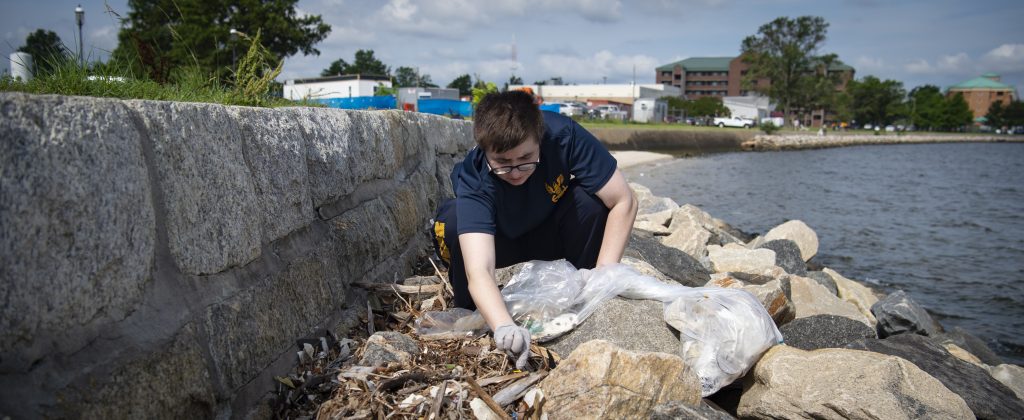
Volunteers from NSA Hampton Roads Portsmouth Annex (VA) participated in two Clean the Base Day events in FY2022. The events, which were held in April and June, required significant coordination between Naval Facilities Engineering Systems Command (NAVFAC) personnel and DoD contractors so civilian and DoD volunteers could cover as much ground as possible. In total, volunteers collected a total of 2,540 pounds of trash and debris along 1.1 miles of shoreline. Interesting items collected included metal bracing and insulation. These efforts prevent trash from entering stormwater systems and tidal waterbodies, protecting local marine water quality and wildlife.
Clean Water
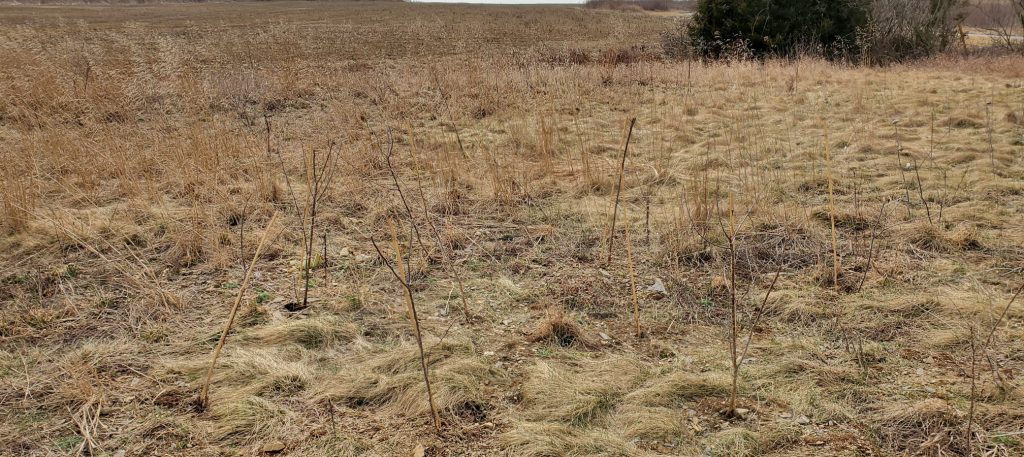
In FY2022, Letterkenny Army Depot (LEAD) (PA) planted 3,500 trees and shrubs within the installation’s Bobwhite Quail Focus Area to add vegetation and restore habitats for northern bobwhite quail. LEAD Natural Resources personnel, two volunteers, and a Pheasants Forever Habitat Specialist planted species like fragrant sumac and silky dogwood to promote biodiversity to LEAD’s native grassland and supply nectar and pollen to pollinator species. Removal of invasive species occurred before native trees and shrubs were planted. Overall, this project supports multiple objectives including pollutant load control, invasive species management, and habitat restoration.
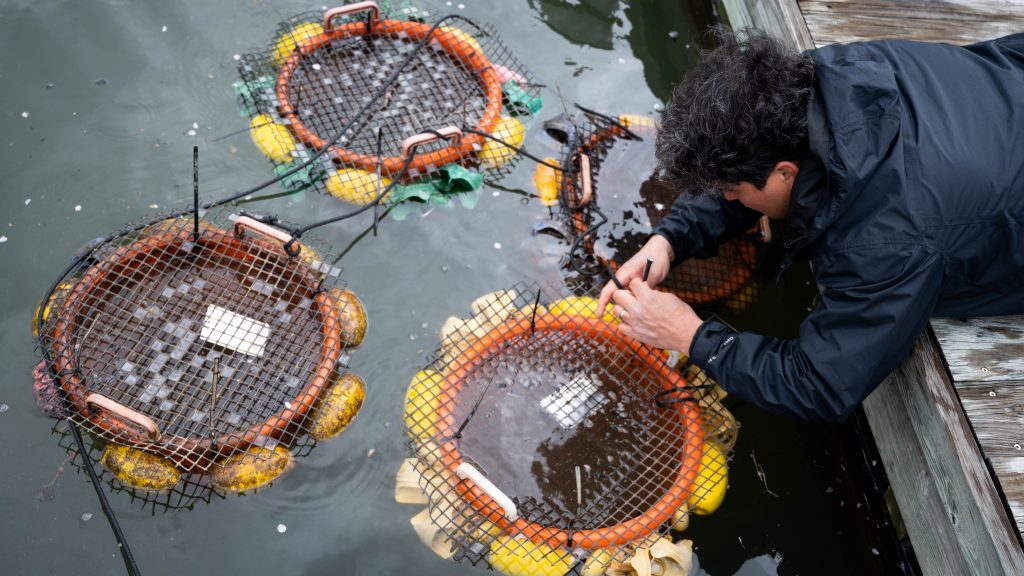
Joint Base Anacostia-Bolling (JBAB) (DC) partnered with the Anacostia Watershed Society (AWS) to grow and later release alewife floater and eastern floater mussels at JBAB’s Capital Cove Marina on the Potomac River. In total, 725 freshwater mussels were released at an official deployment event in the presence of second graders from the LEARN Charter School. Following the deployment, JBAB and AWS staff monitored and collected data on mussel growth, mortality, and water quality conditions, including dissolved oxygen, turbidity, temperature, and nutrient loads. Additional mussels were released into the Potomac River in April 2023 where they continue to provide natural water quality filtration and removal of bacteria, algae, and other pollutants from the river.

At Joint Base Andrews (MD), all impervious roads and parking lots, totaling 729 acres, as well as 413 acres of the airfield, are swept at least weekly, all year round. The installation uses a regenerative air/vacuum sweeper, which more effectively removes pollutants compared to traditional mechanical broom sweepers. Therefore, this project maintains the cleanliness of the airfield, which is essential to its mission, and removes pollutants that otherwise might reach the Chesapeake Bay.

